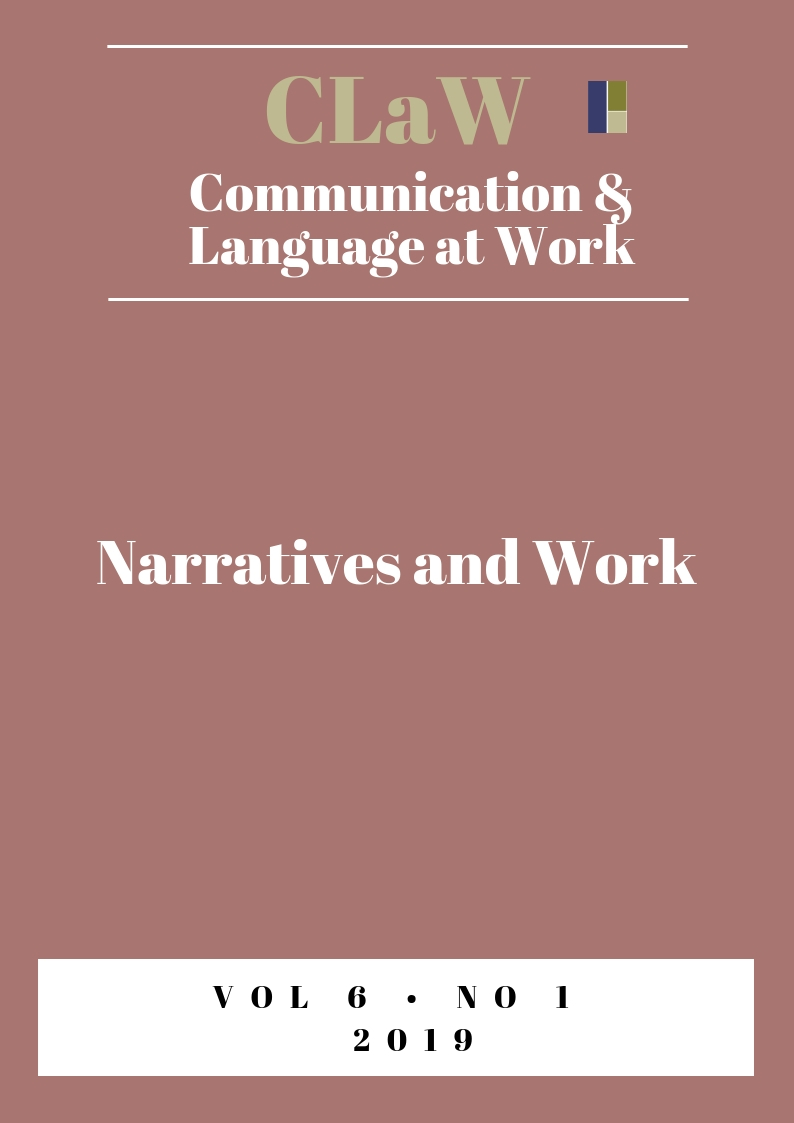The assembly and circulation of science: An analysis of the necessity (yet lack) of narrative strategies in STEM curricula
Main Article Content
Abstract
This article positions narrative as a needed, but often lacking, communicative resource for science technology
engineering and mathematics (STEM) professionals. While STEM curricula is quite effective at teaching students
discipline-specific knowledge and preparing future generations of scientists to communicate within collegial discourse
communities, there has been little attention paid to the importance of communicating effectively with public
audiences—despite the fact that the public is a major stakeholder in scientific innovation. This article takes up this gap
in current STEM curricula in order to provide a comprehensive understanding of best practices in communicating
science, as well as the ways that these practices can be incorporated into academic programs. In achieving this goal, this
article draws upon current pedagogical and curricular models in communication studies in its examination of the ways
students at a leading American undergraduate STEM institution are taught to engage with public audiences. Of specific
importance are the benefits of narrative in building bridges between academic and public stakeholders, particularly the
ability of narrative to increase comprehension, interest, and engagement when communicating science to non-expert
audiences.
Article Details
The journal is published under a Creative Commons license Attribution Non-commercial No derivatives (cc by-nc-sa) http://creativecommons.org/about/license. CLaW allows the author(s) to retain publishing rights without restrictions. Copyright remains with authors without restrictions.

